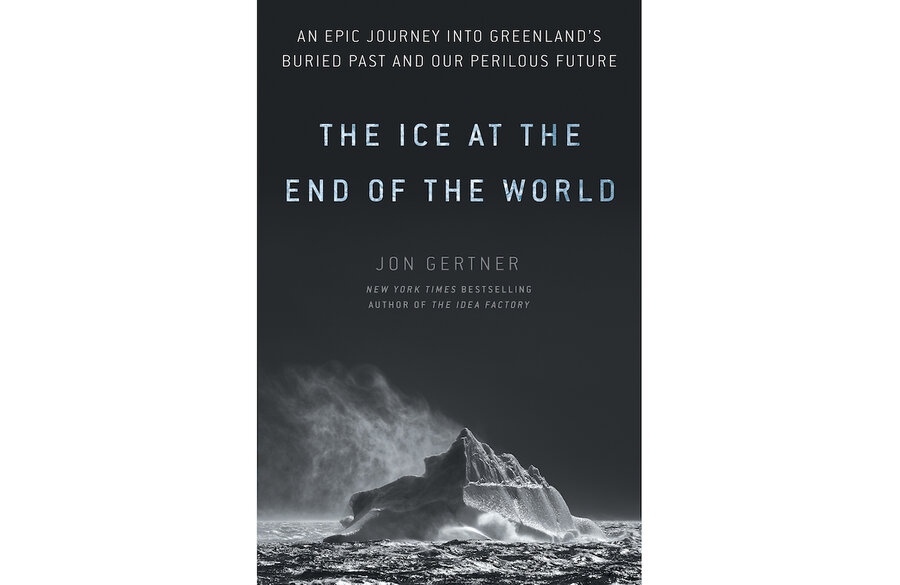A geological detective story told through clues written in the ice
Loading...
For generations, explorers and scientists have suspected that Greenland’s massive and inhospitable ice sheet held secrets. From the 19th century adventurers whose journeys were followed by a breathless audience back home to the modern-day scientists analyzing complex data, humans have plunged into Greenland’s solitude in hopes of deciphering the mystery. They have looked on top of it and deep inside it, seeking clues not just about this one remote island but also about the world’s climate overall, and about our future in the face of climate change.
In his engrossing new book, “The Ice at the End of the World: An Epic Journey Into Greenland's Buried Past and Our Perilous Future,” Jon Gertner follows the stories of the explorers and scientists who have attempted this journey.
He brings readers along on harsh sled-dog journeys where explorers faced down starvation. He travels to the military bases built under the ice by the U.S. government during the Cold War, and to the drilling trench where engineers struggled in the 1960s to remove an ice core thousands of feet long. And he details various modern-day efforts to understand ice melt – from satellites that measure gravitational fields to sensors attached to seals - that give insights into the movements of glaciers.
“It was now becoming clear that the mysteries of Greenland were writ small as well as large,” Gertner writes, as he describes early efforts by scientists to measure oxygen isotopes trapped in newly extracted ice cores, which by their composition revealed whether they existed during warmer or cooler weather. “They were buried in microscopic chemical traces, scattered around and within the ice sheet, which would only yield to a combination of technology, persistence, and imagination.”
These scientific mysteries and discoveries become, in Gertner’s hands, part of a geological detective story. Facts are hard-won prizes that fascinate and dismay, and often point to further intrigue.
By writing this sort of adventure-history, Gertner sidesteps the political debates and polemics that have come to characterize current conversations about a changing climate.
“The Ice of the End of the World” is still devastatingly clear in describing how Greenland’s ice sheet is melting, and the broader implications of that change. It is also clear in its explanations of how the ice itself shows us that world-altering climate change can, and has, taken place in shockingly short periods of time – a challenge to anyone who believes that shifts in climate remain gradual.
But overall the book focuses as much on the work of science as the science itself. It is the adventure of discovery; the frigid, lonely excursions; the drudgery of recording ice samples day after day after day only to reach some new revelation; the excitement of hitting bedrock after months of drilling through ice.
This approach is no doubt intentional. Those involved in climate research increasingly recognize that endless recitations of facts and warnings do little to motivate a wide audience, no matter how breathtakingly dire those warnings may be. At the same time, the gritty story of scientific inquiry – how it works, how it fails, how lessons are learned and mysteries persist – can open minds.
In his introduction, Gertner explains that his intention is to “tell the story of how we have come to know what we know.”
“Without that knowledge of the ice,” he writes, “without that story – it seems all too easy to believe that our understanding of the Arctic, and of an endangered natural world, is somehow the product of ideology or opinion, rather than the result of hard-won facts and observations.”
Stephanie Hanes is a journalist and author who teaches at the Yale School of Forestry and Environmental Studies.







